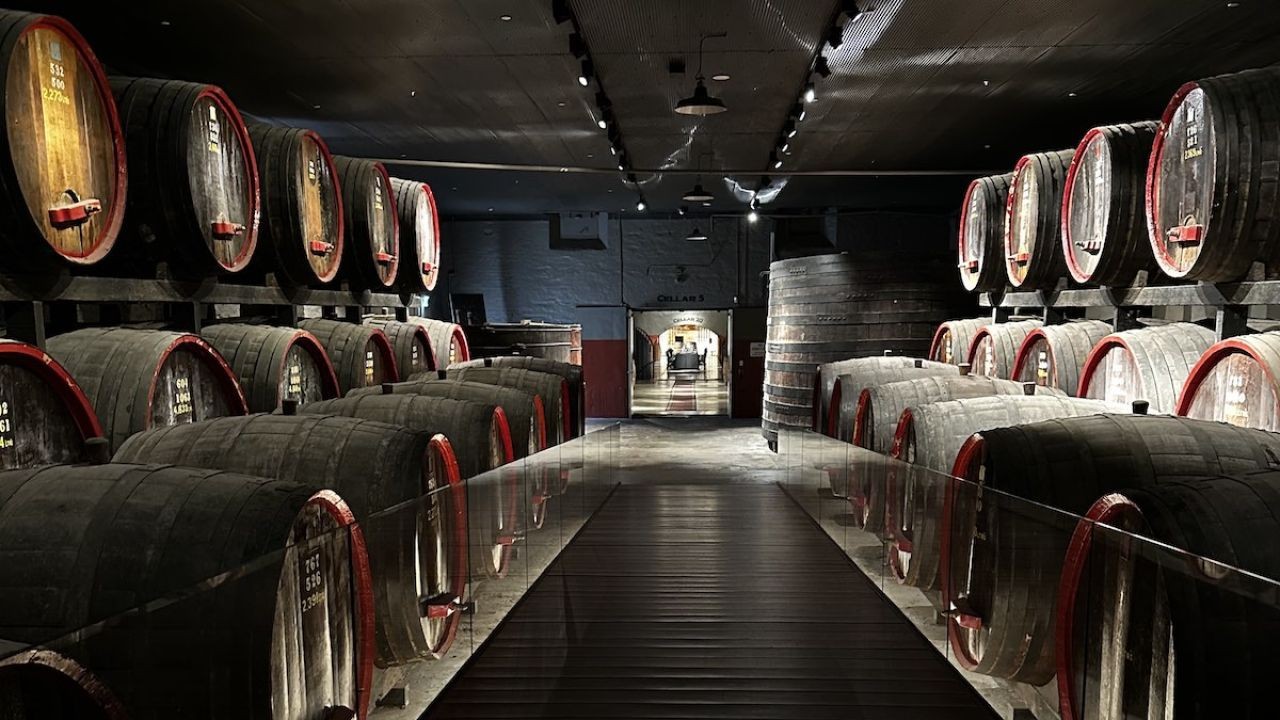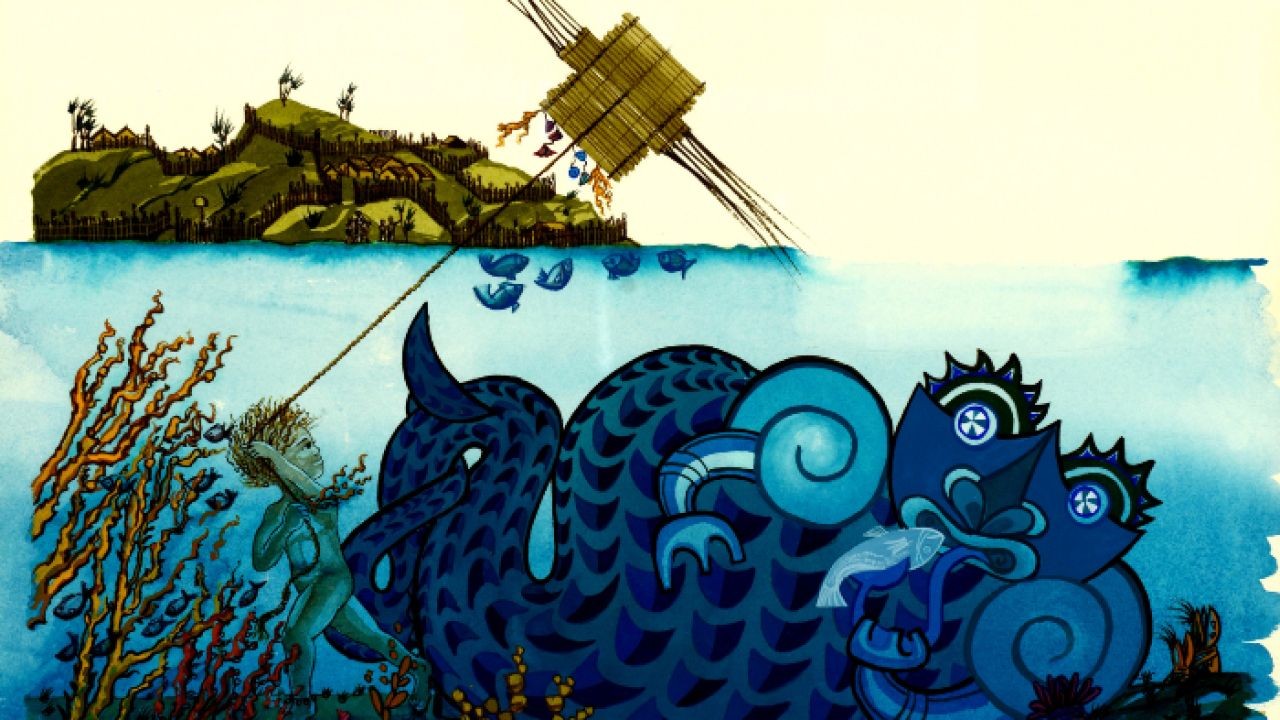New Zealand and Australia, two countries recognized for their vibrant wine industries, are often compared in terms of market dominance. With unique climates and diverse landscapes, both nations produce wines that have garnered global acclaim. However, the question remains: which country truly dominates the wine market? This article delves into a data-driven analysis, exploring trends, economic impacts, and industry insights that shape the wine markets of these neighboring nations.
The Landscape of New Zealand and Australian Wines
New Zealand's wine industry is renowned for its distinctive Sauvignon Blanc, with regions like Marlborough leading production. According to Stats NZ, wine exports were valued at NZD 2 billion in 2022, underscoring the industry's significance to the national economy. Australia, on the other hand, boasts a diverse portfolio including Shiraz, and its wine exports were valued at AUD 2.89 billion according to Wine Australia, indicating its substantial global footprint.
New Zealand: A Quality-Driven Market
New Zealand's wine sector is characterized by a commitment to quality over quantity. The country's stringent regulations ensure that wines meet high standards, contributing to their premium positioning in global markets. This focus has led to steady demand, especially in markets like the United States and the United Kingdom.
Australia: A Volume-Driven Approach
Australia's wine industry thrives on both volume and variety. With extensive vineyard areas in regions like Barossa Valley and McLaren Vale, Australia produces a wide range of wines that appeal to diverse consumer preferences. The country's significant production capacity allows it to cater to both domestic and international markets effectively.
Economic Impacts and Industry Insights
The wine industry is a vital contributor to the economies of both countries, influencing employment, tourism, and trade. In New Zealand, the wine sector supports over 20,000 jobs, with regions such as Hawke's Bay and Marlborough acting as employment hubs. Tourism linked to wine trails further boosts local economies, with wine tourism spending reaching NZD 3.8 billion as per MBIE data.
Australia's Economic Contributions
Australia's wine industry plays a crucial role in regional economies, particularly in South Australia and Victoria. The sector supports around 170,000 jobs across the country, including in viticulture, winemaking, and retail. Wine tourism is also a significant contributor, drawing visitors to iconic wine regions and generating substantial revenue.
Data-Driven Case Studies: Market Dynamics
Case Study: New Zealand's Sauvignon Blanc Boom
Problem: New Zealand's wine industry needed to establish a strong international presence to ensure growth.
Action: Focusing on Sauvignon Blanc, New Zealand positioned itself as a premium wine producer, emphasizing quality and unique flavor profiles.
Result: The strategy led to a 30% increase in exports over five years, with Sauvignon Blanc accounting for 85% of total wine exports (Source: NZ Winegrowers).
Takeaway: By leveraging a quality-focused approach, New Zealand cemented its reputation in global markets, proving that strategic branding can enhance market presence.
Case Study: Australian Shiraz in the Asian Market
Problem: Australian wine producers faced saturation in traditional markets and needed to explore new opportunities.
Action: Targeting the growing Asian market, Australian wineries adapted their marketing strategies, emphasizing Shiraz's bold flavors and versatility.
Result: Australian wine exports to China increased by 50% within three years, with Shiraz leading the charge (Source: Wine Australia).
Takeaway: This case highlights the importance of market diversification and tailored marketing strategies in expanding international market reach.
Contrasting Viewpoints: Quality vs. Quantity
When comparing New Zealand and Australian wines, a key debate centers around quality versus quantity. New Zealand's emphasis on premium quality and sustainability contrasts with Australia's focus on high-volume production and diverse offerings.
Pros of New Zealand's Approach
- Higher Price Points: New Zealand wines command premium prices due to their quality and exclusivity.
- Sustainability Focus: New Zealand's commitment to sustainable practices enhances its brand image globally.
- Strong Brand Identity: New Zealand's reputation for quality wines bolsters its international market presence.
Cons of New Zealand's Approach
- Limited Volume: Smaller production volumes can limit market expansion potential.
- Higher Costs: Quality-focused production can lead to higher costs and price sensitivity in some markets.
- Vulnerability to Climate Change: Dependence on specific grape varieties may increase climate-related risks.
Pros of Australia's Approach
- Market Diversification: Diverse wine offerings cater to a wide range of consumer preferences.
- High Volume Production: Large-scale production supports competitive pricing and widespread distribution.
- Innovation in Winemaking: Australia's flexible approach encourages innovation and experimentation.
Cons of Australia's Approach
- Price Competition: High volume production can lead to intense price competition, impacting profit margins.
- Quality Perception: The focus on volume may sometimes overshadow perceptions of quality.
- Trade Disruptions: Heavy reliance on export markets can expose producers to trade uncertainties.
Future Trends and Predictions
As global wine markets evolve, both New Zealand and Australia are likely to face opportunities and challenges. In New Zealand, the trend towards organic and biodynamic wines is expected to grow, aligning with consumer preferences for sustainable products. According to the University of Auckland, organic wine production could increase by 40% by 2030.
Australia, meanwhile, is poised to capitalize on technological advancements in viticulture and winemaking. The adoption of AI and precision agriculture could enhance productivity and sustainability, with potential to increase yields by 20% within the next decade (Source: Deloitte Wine Industry Report 2024).
Common Myths and Mistakes
Myth: New Zealand Only Produces Sauvignon Blanc
Reality: While Sauvignon Blanc is a flagship variety, New Zealand also produces high-quality Pinot Noir, Chardonnay, and other varietals that are gaining international acclaim (Source: NZ Winegrowers).
Myth: Australian Wines are Only About Shiraz
Reality: Australia offers a vast range of wines, including Chardonnay, Cabernet Sauvignon, and emerging varieties like Tempranillo, showcasing its versatility (Source: Wine Australia).
Myth: Sustainability is Just a Buzzword
Reality: Both New Zealand and Australia have implemented rigorous sustainability programs that contribute to environmental conservation and long-term industry viability (Source: Sustainable Winegrowing New Zealand, Australian Wine Research Institute).
Conclusion: The Path Ahead
In the dynamic landscape of wine production, both New Zealand and Australia hold distinct competitive advantages. New Zealand's commitment to quality and sustainability positions it as a premium player, while Australia's diverse offerings and high-volume production enable it to capture a broad market spectrum. Moving forward, both countries must navigate global market shifts, climate challenges, and evolving consumer preferences to maintain their prominence. By leveraging their unique strengths and adapting to emerging trends, New Zealand and Australia can continue to flourish in the global wine arena.
What’s your take on the future of these wine industries? Share your insights below!
People Also Ask (FAQ)
- How does New Zealand's wine industry impact its economy? New Zealand's wine industry contributes significantly to its economy, supporting over 20,000 jobs and generating NZD 2 billion in export revenue (Source: Stats NZ).
- What are the biggest misconceptions about Australian wines? A common myth is that Australian wines are limited to Shiraz. However, Australia produces a diverse range of wines, including Chardonnay and Cabernet Sauvignon (Source: Wine Australia).
- What are the best strategies for marketing New Zealand wines internationally? Experts recommend focusing on quality branding, emphasizing sustainability, and leveraging digital marketing to reach global audiences.
- What future trends could affect the wine industry in New Zealand? By 2030, organic and biodynamic wine production is expected to increase by 40%, aligning with consumer preferences (Source: University of Auckland).
- Who benefits the most from the wine industry in New Zealand? The wine industry benefits local economies, tourism, and employment, providing significant economic contributions to regions like Marlborough and Hawke's Bay.
Related Search Queries
- New Zealand wine industry trends 2024
- Australian wine market analysis
- New Zealand vs Australian wine quality
- Sauvignon Blanc production in New Zealand
- Australian Shiraz export statistics
- Wine tourism in New Zealand
- Environmental impact of wine production
- Future of wine industry in New Zealand
- Sustainable winegrowing practices
- Organic wine market growth

































Judson8217
5 months ago